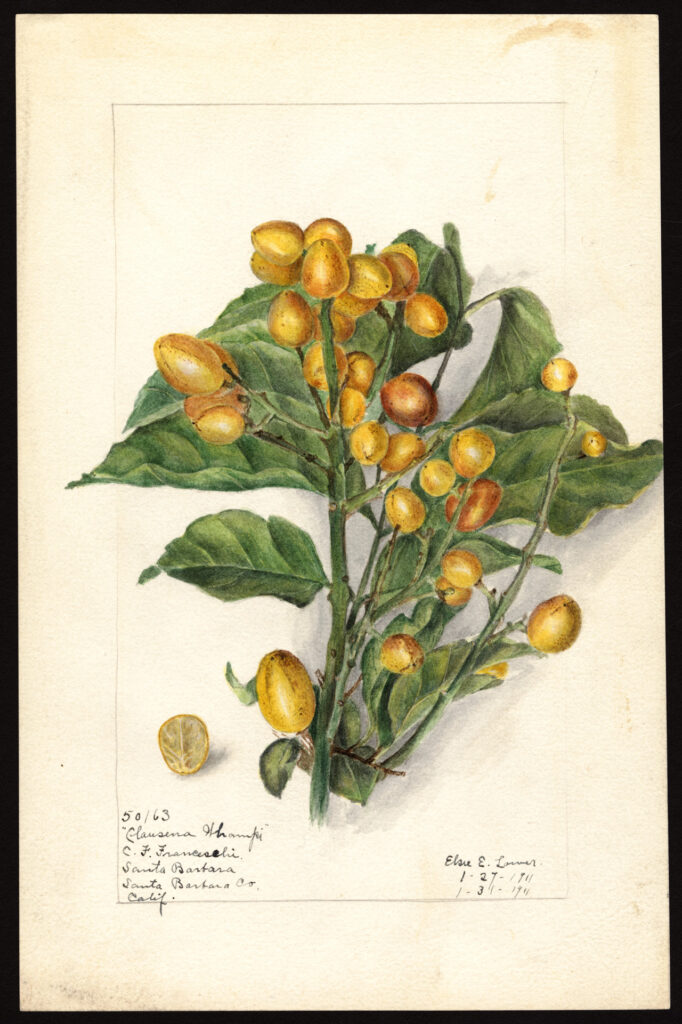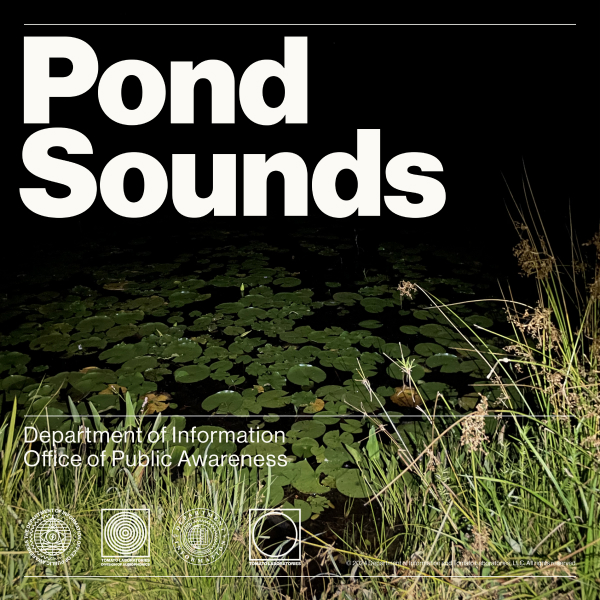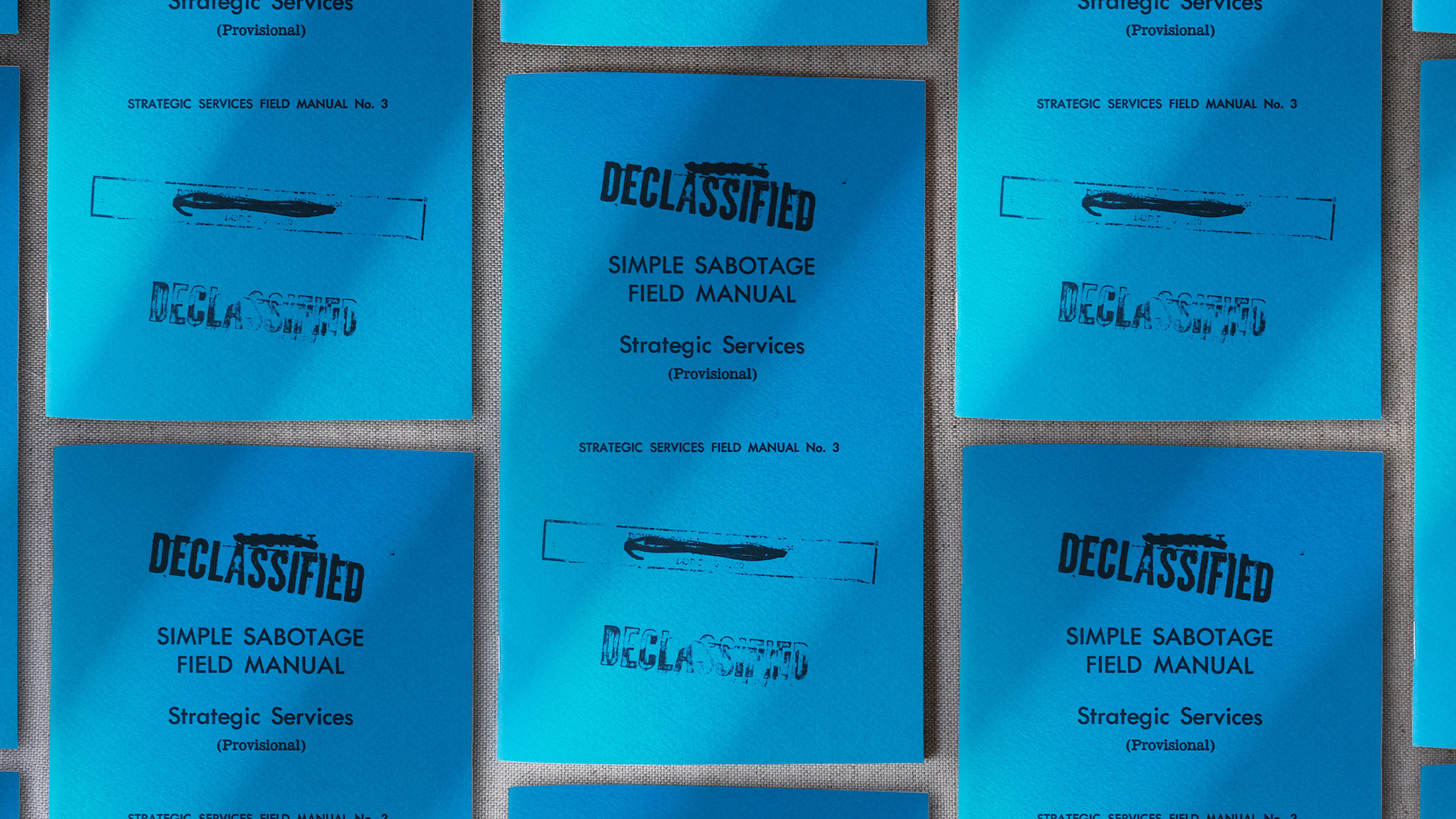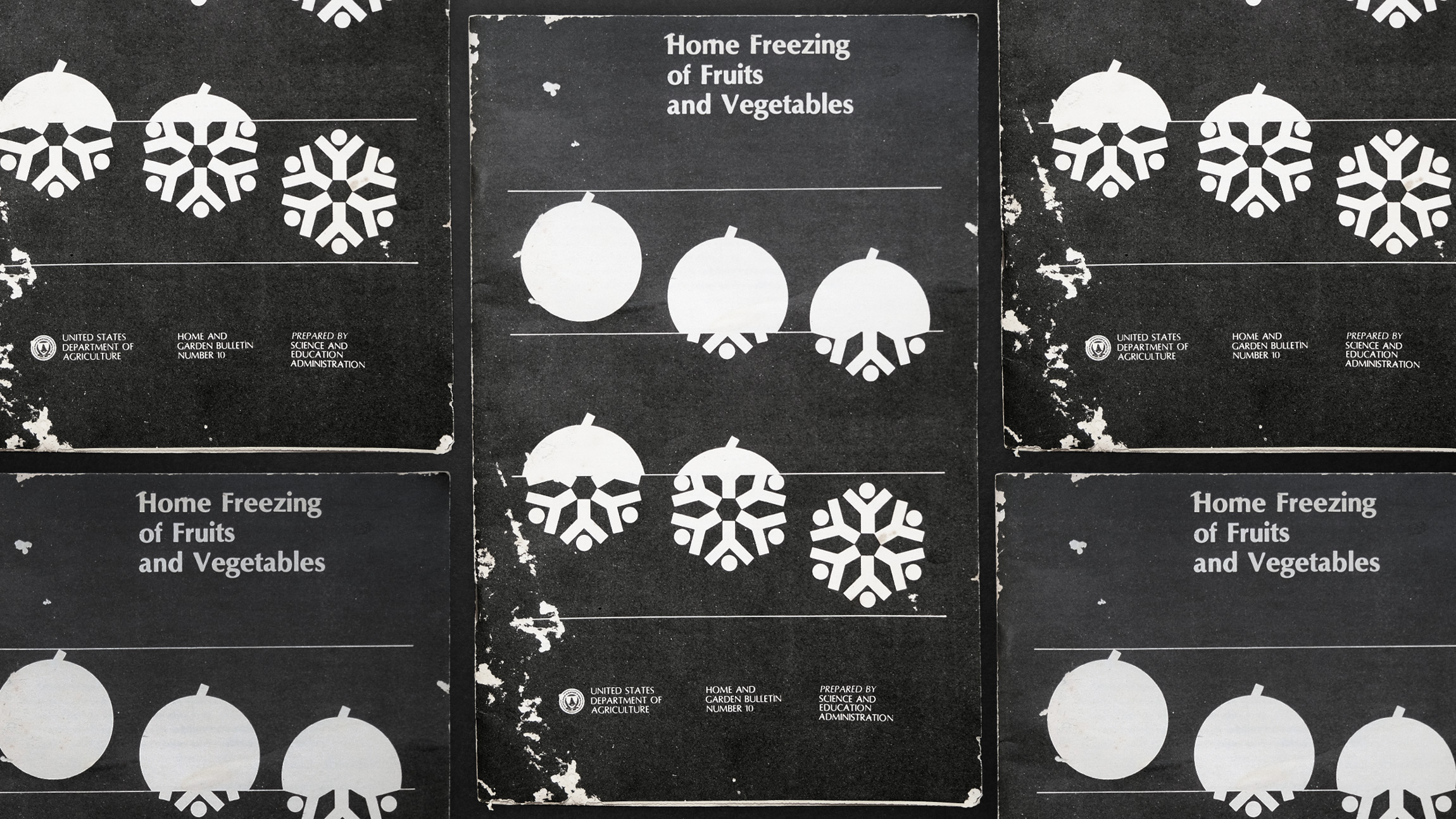
What may be an example of one of the greatest celebrations of cataloguing, edible nature, and art as a means of production civilization has ever realized exists in its entirety in the probable basement of the United States National Agricultural Library. Yes, we have one of those. Luckily for us it also exists on a frankly quite-unloved government website. The avant-garde digital property introduces us to phrases like “historical botanical reference” and “USDA plant explorers.”
It is here we find ourselves slowly realizing what living in a radical new society must have been like in 1886 — this would have been a time when the federal government paid artists to document fruit, not because fruit is beautiful, which it is, and not because artists should just always be getting paid by the government for work, which they should, but because a burgeoning new society needed technical literature on growing and identifying food. These were likely—we are speculating here—as important and useful to farmers of the 19th century as access to the internet is to us today.

More specifically, according to the poorly designed and aging government website, the art was created to “illustrate USDA bulletins, yearbooks, and other publications distributed to growers and gardeners across America.” This was also a time when researchers and growers were creating new fruit varieties based on existing local and imported ones and the whole scene was kind of a mess so a technically accurate system for identifying fruit was needed.
For this task the government created the Division of Pomology. They probably also created the word pomology, which supposedly means the science of growing fruit, because who would stop them? Is there a term for the science of growing vegetables? Why aren’t any tomatoes included in the pomology archive if it is technically a fruit? We have a lot of questions.

In total there are 7,497 watercolors, 87 line drawings, and 79 wax models created by “approximately 21 artists”. These began in earnest in 1886 with most being created “between 1894 and 1916” although the collection itself spans the great chasm of time up and to 1942. It doesn’t take much time or effort to wonder what life might have been like for one of these early propagandist artists.
They were likely waking up at noon, rolling off of their hay-stuffed linen mattress, absolutely surrounded by loose paintbrushes and empty cocaine-infused Coca-Cola bottles, staring at a box of slowly expiring rare government apples a stranger on a horse delivered to them earlier in the week, wondering how long they can procrastinate sketching them before they start to decompose and if the government will notice if they fake it after the fact (We actually came across a painting of a lemon that appears to be half rotten, but we will not post it here because we’re not a snitch).

The physical originals of these paintings, drawings, and lithographs were digitized in 2010 (how many more boxes of beautiful government art do we hide from ourselves and when will someone pay us to digitize them all?) to keep their delicate fibers safe from the greasy fingers of grad students, researchers, and vintage horticulture art superfans.
…how many more boxes of beautiful government art do we hide from ourselves…?
This does, however, mean we can casually drop in on them throughout the day, download them, print them into posters and hang them on our walls or refrigerators, and theoretically do anything we want with them since we all collectively own them. To really appreciate them we recommend opening them individually and viewing them in full scale and resolution on a large monitor. Some of these files are quite large.

While everyone knows the apple most likely originated somewhere in central Asia, the “Geographic Origin” tag on these entries reminds us that a lot of these fruit and nut varieties were brand new at the time. The catalogue entry for something called a Custard Apple states that it was originally from Miami while Wikipedia places the Custard Apple in “of the Americas”. I suppose it is possible that the specific variety in question was frankensteined out of a swamp laboratory in Dade County. Upon further investigation, the Custard Apple’s data entry for “Notes on Original” lists “Cherimoya”, an even more ancient-looking fruit, as the original. A couple fruits were apparently made in an experimental agriculture lab in Cuba. In total and more specifically, according to the gatekeepers of this eccentric historical record the fruits and nuts “originated in 29 countries and 51 states and territories in the U.S.”

Consume the entire collection at the USDA National Agriculture Library website here.
Out of respect, posterity, and likely some hidden robotic SEO machinations we’re just going to drop the attribution requirement for all of these beautiful works of art here:
U.S. Department of Agriculture Pomological Watercolor Collection. Rare and Special Collections, National Agricultural Library, Beltsville, Maryland. 20705






